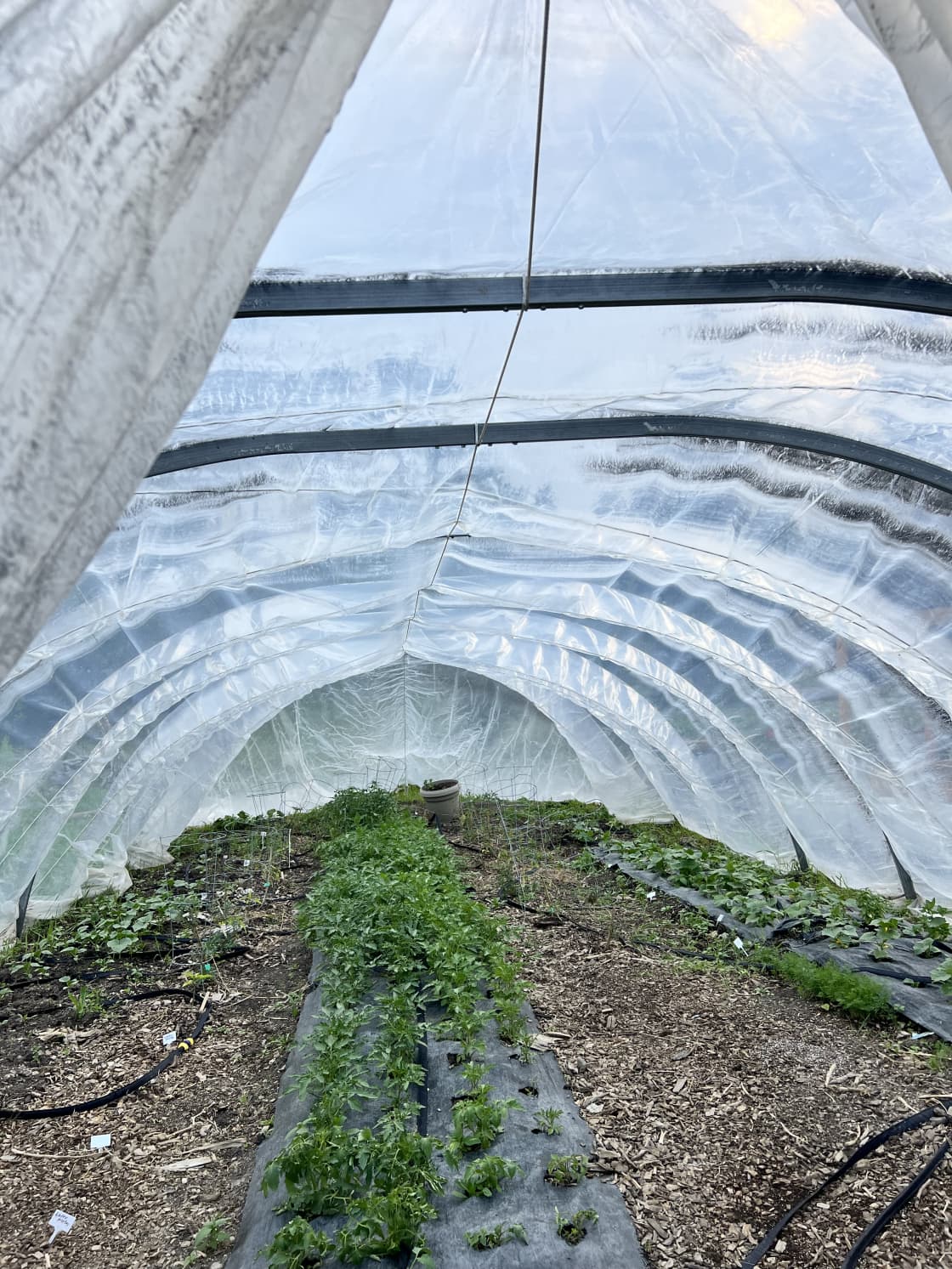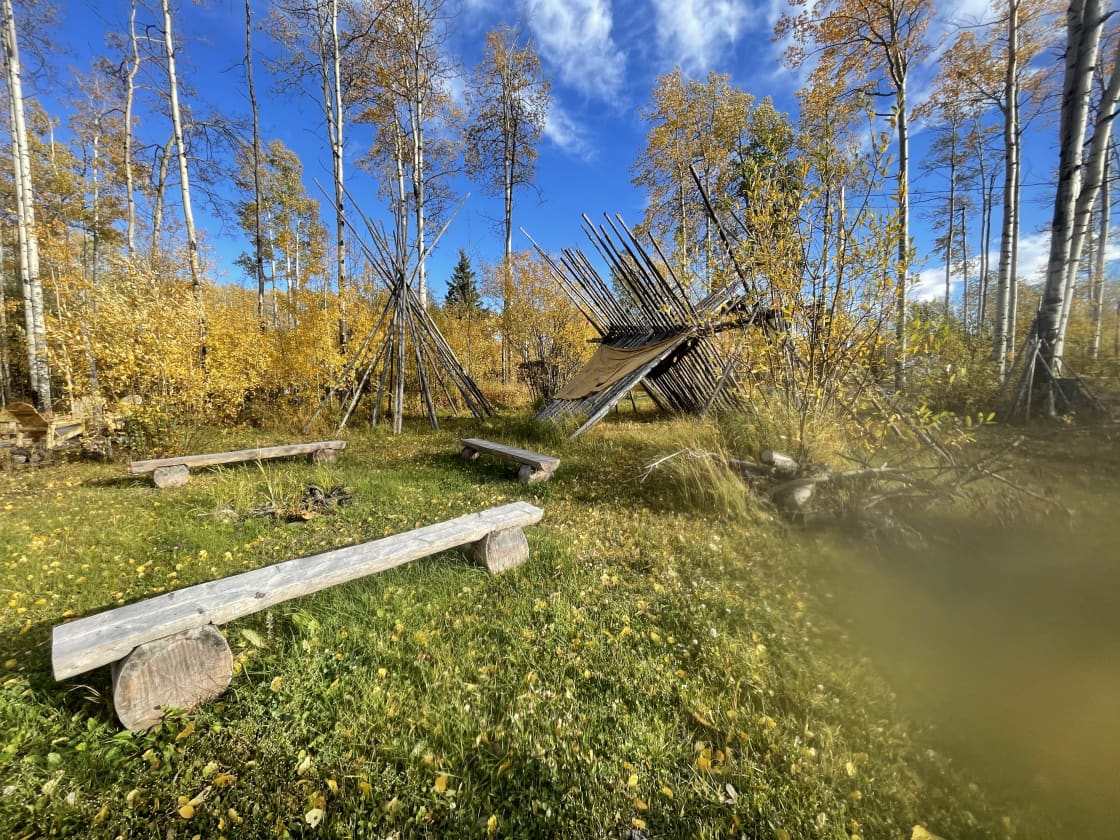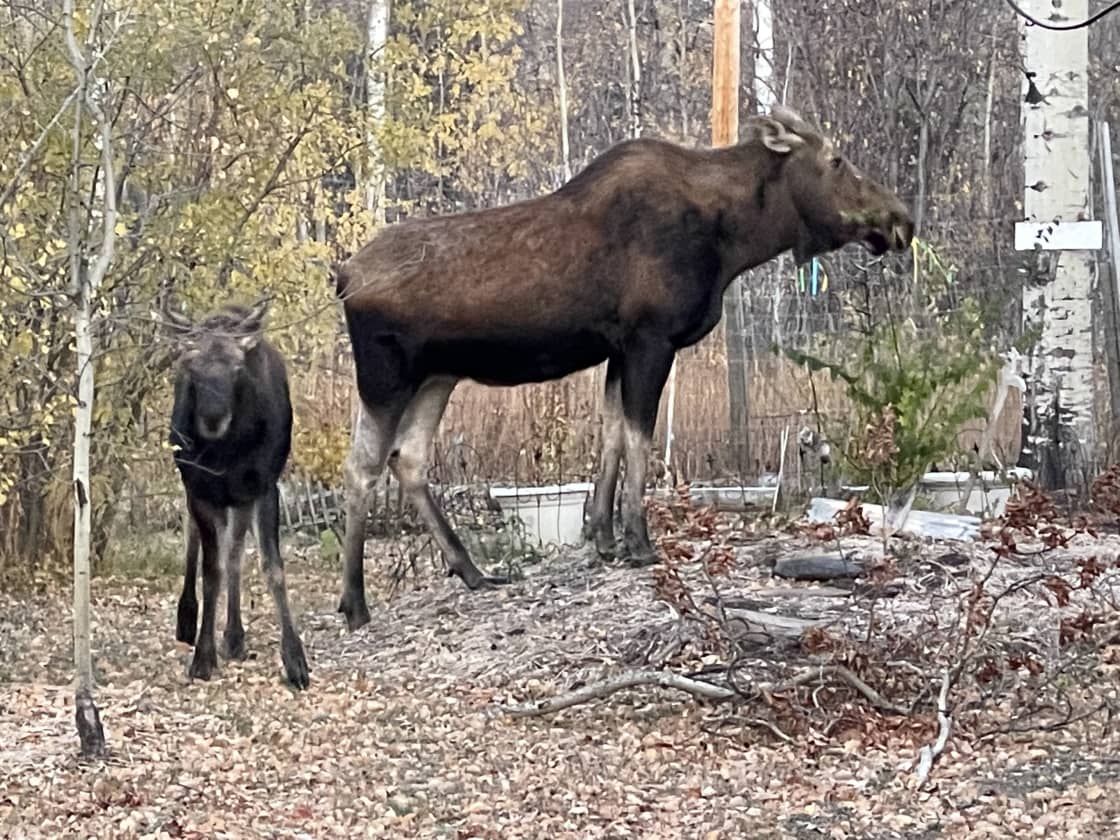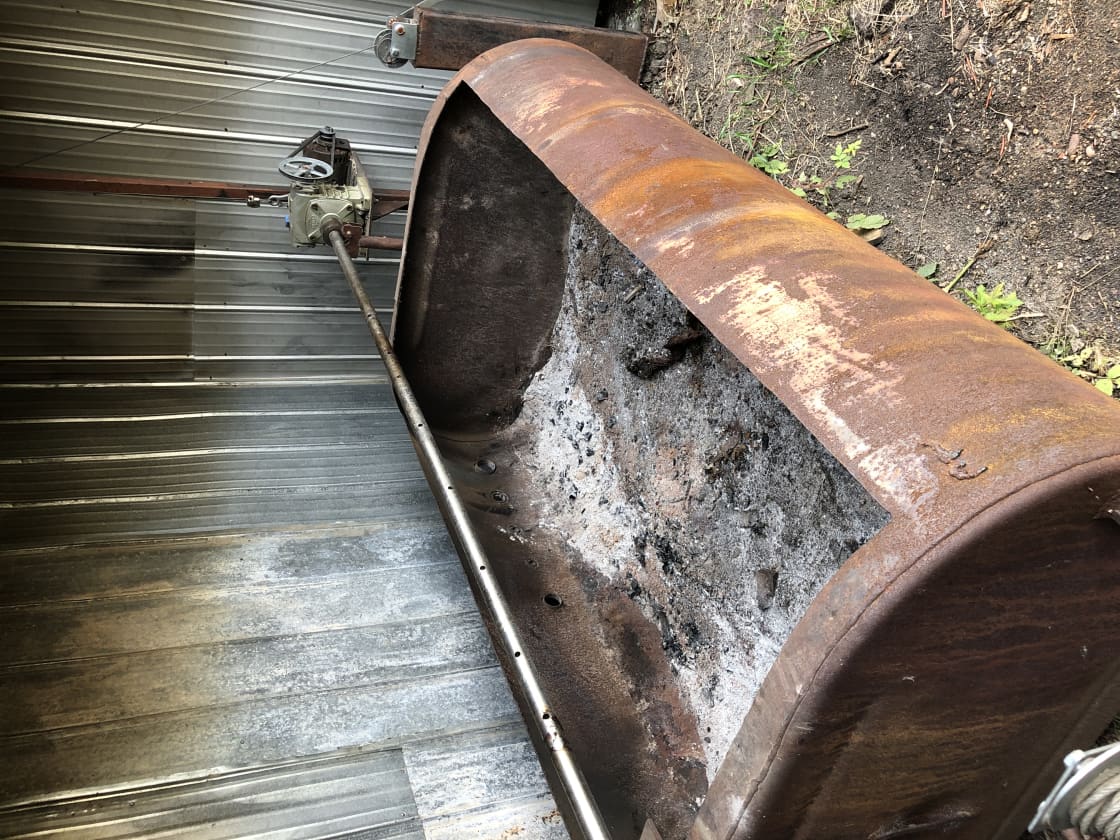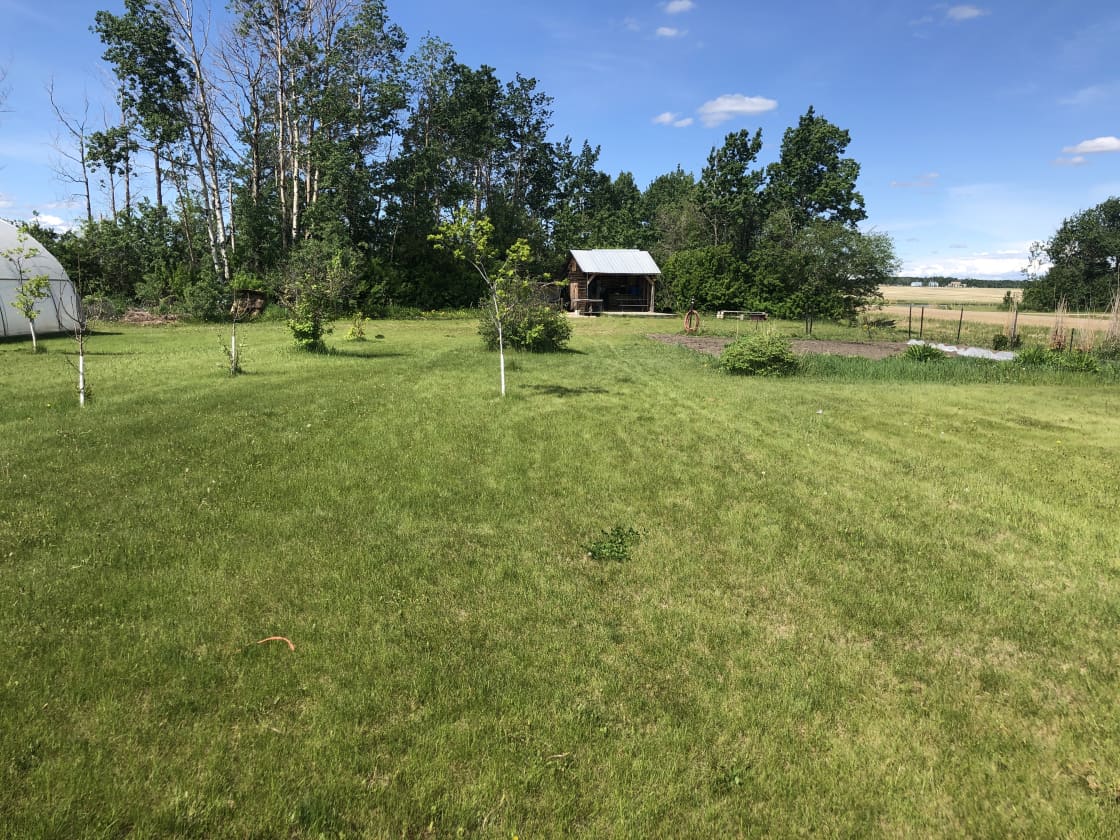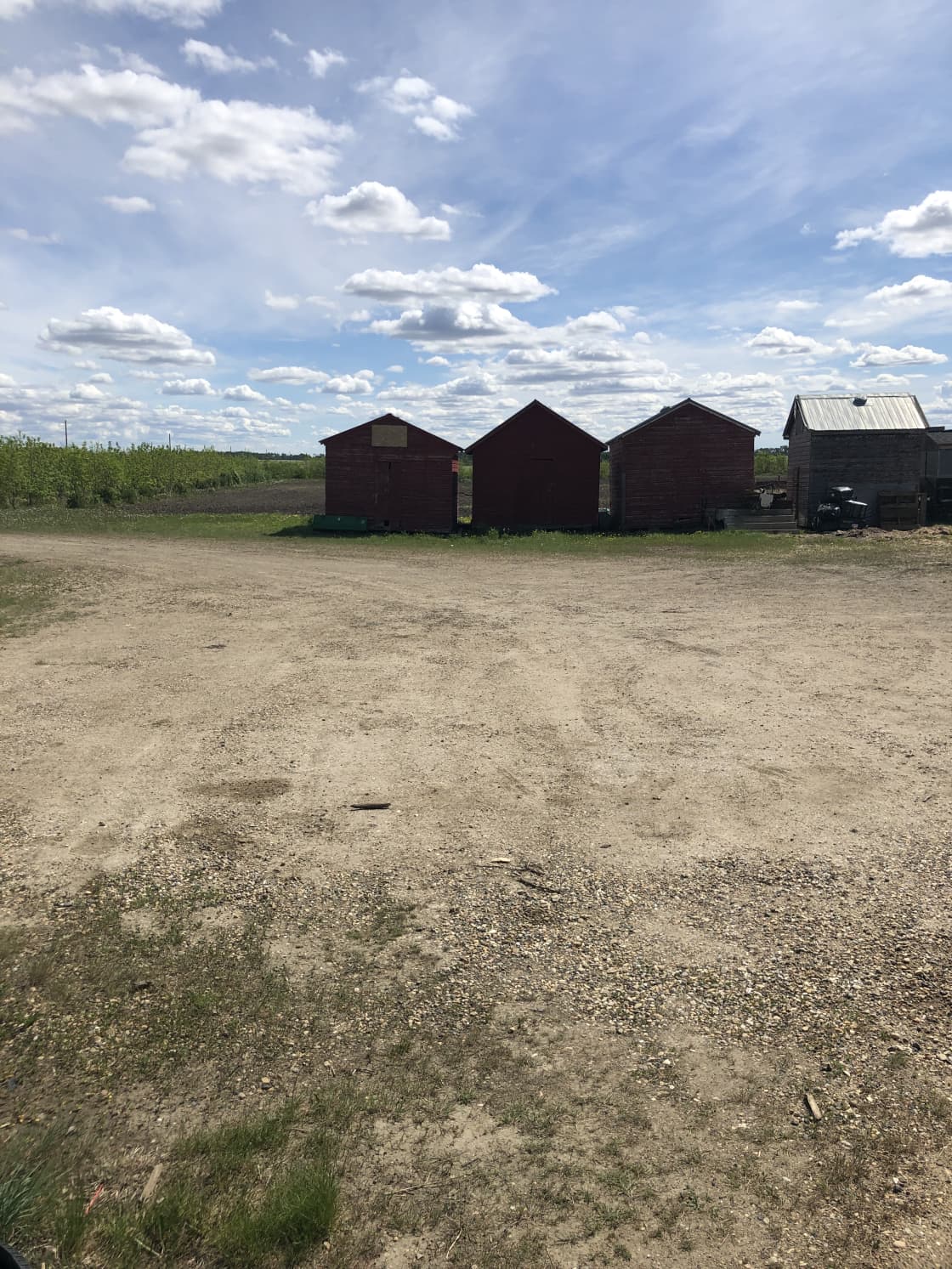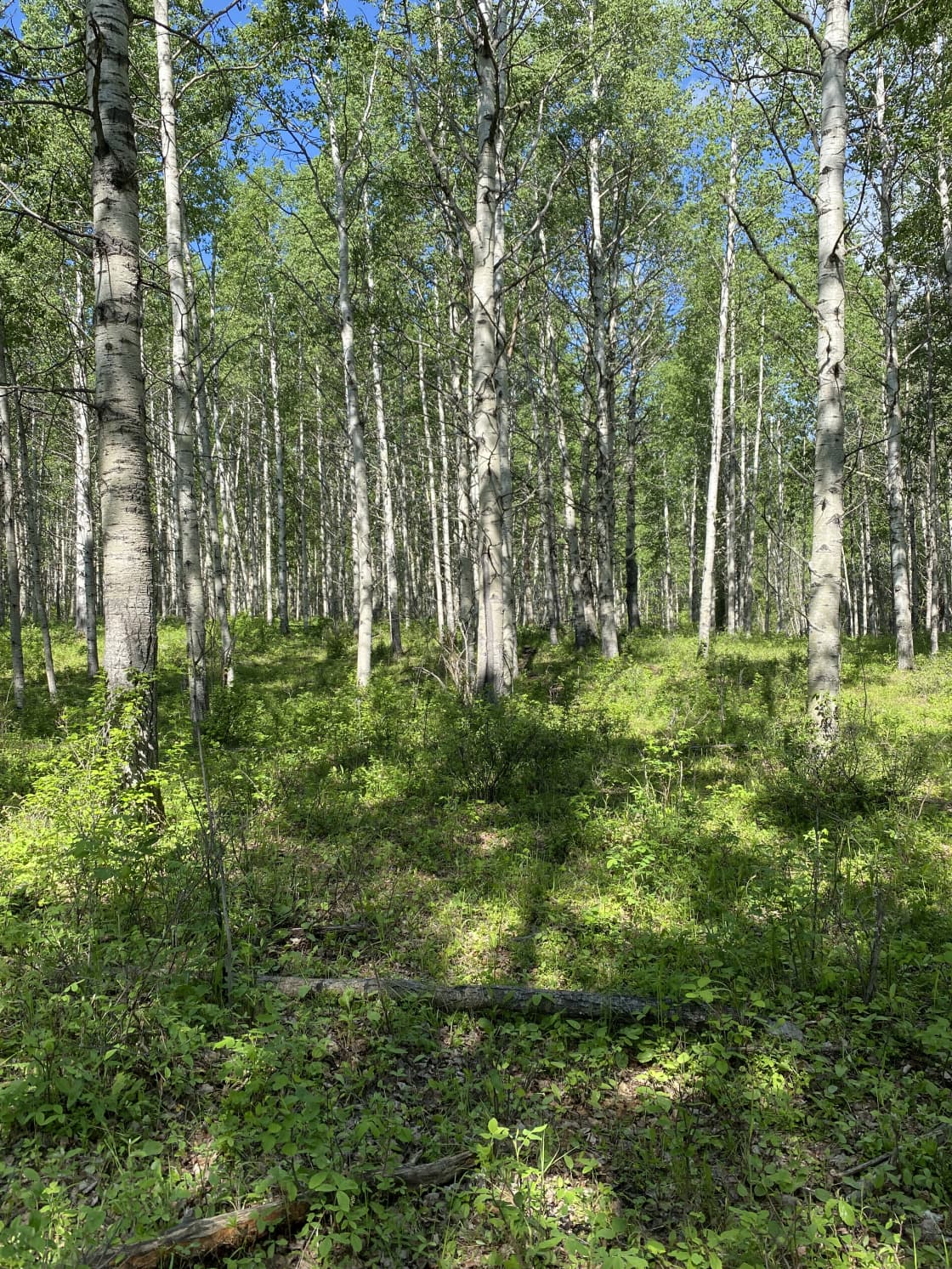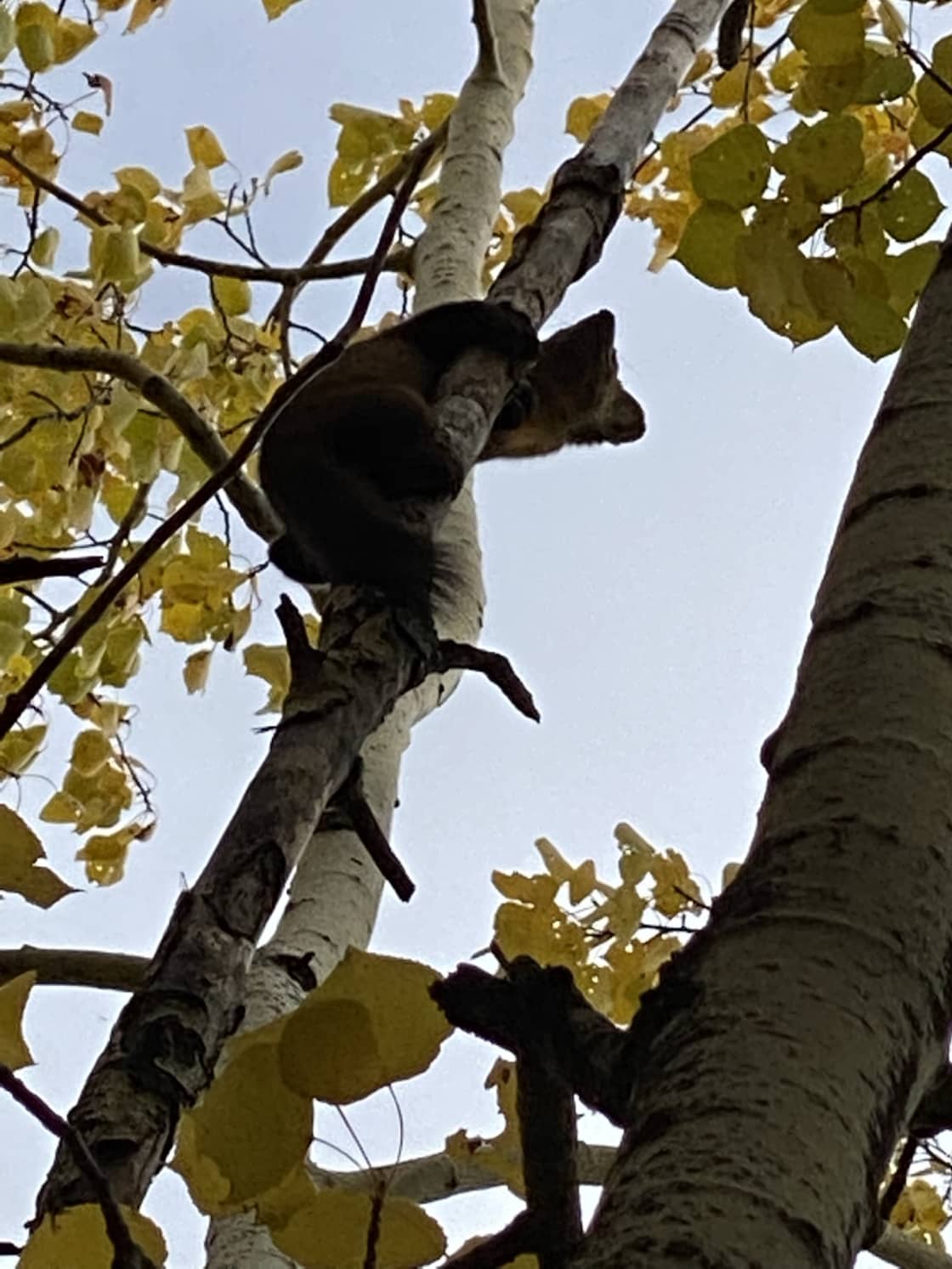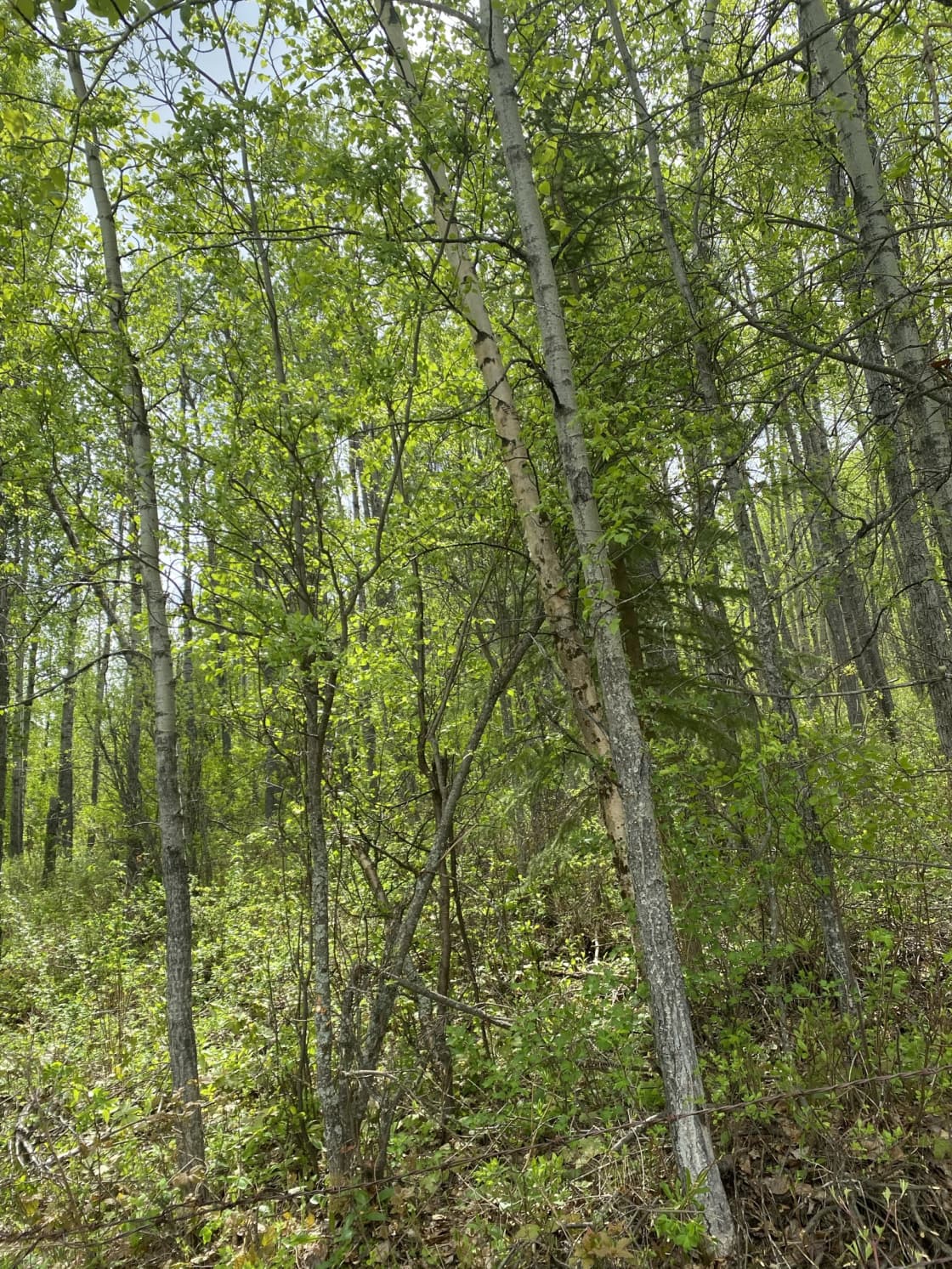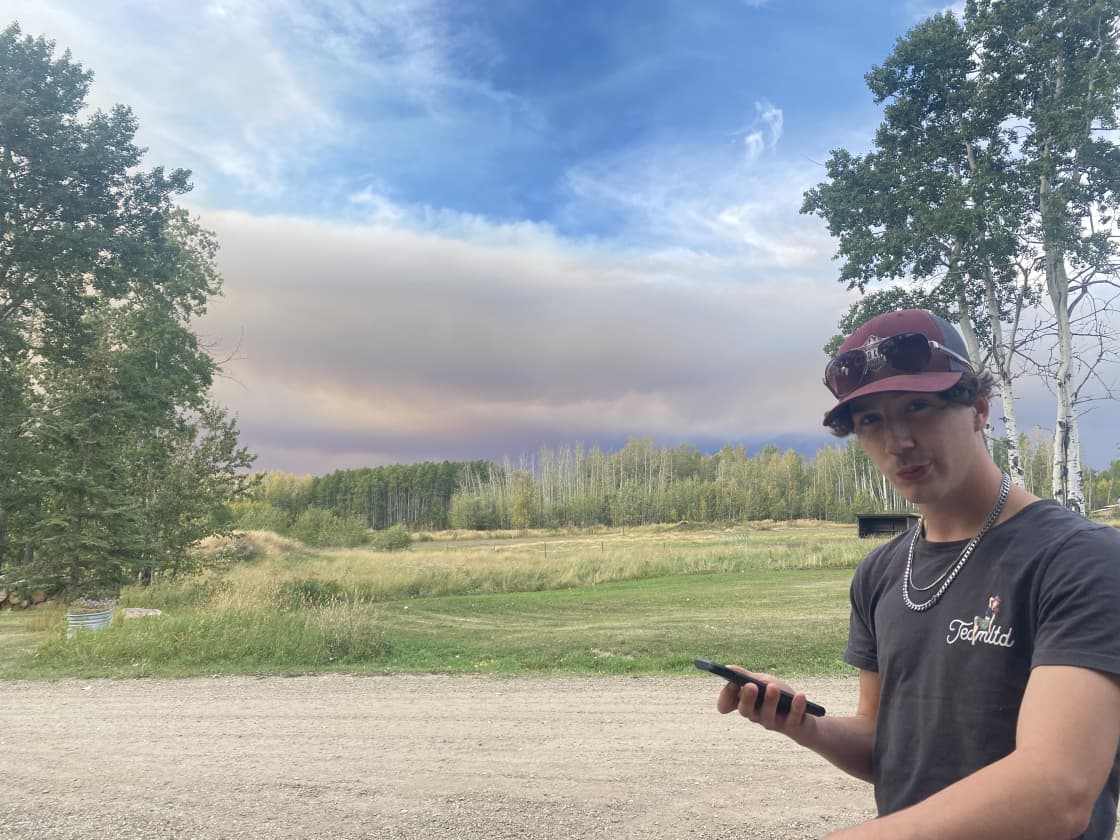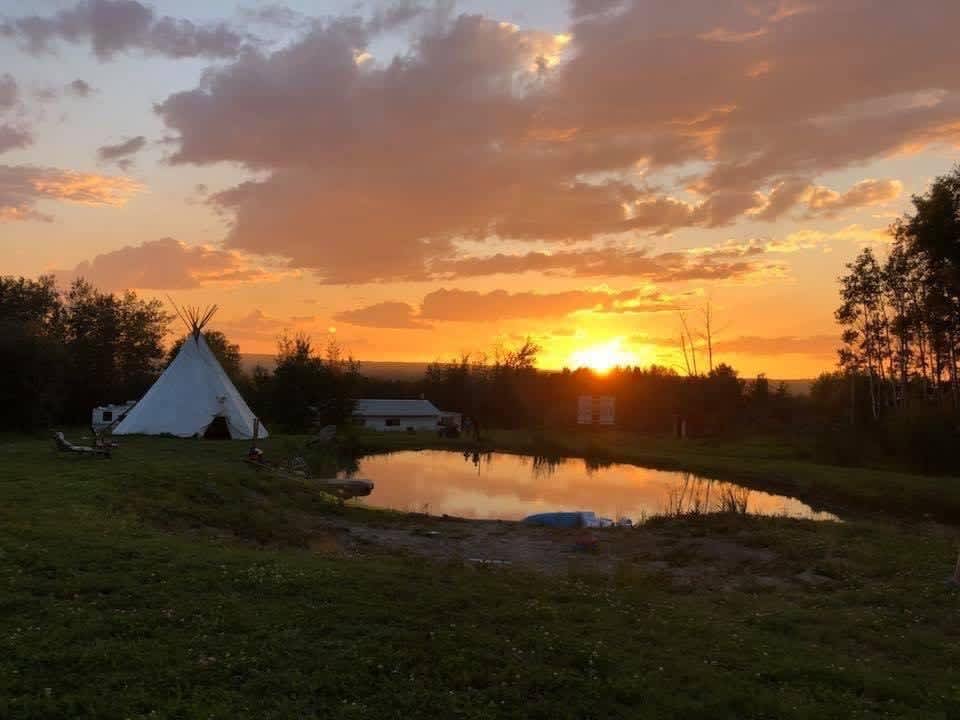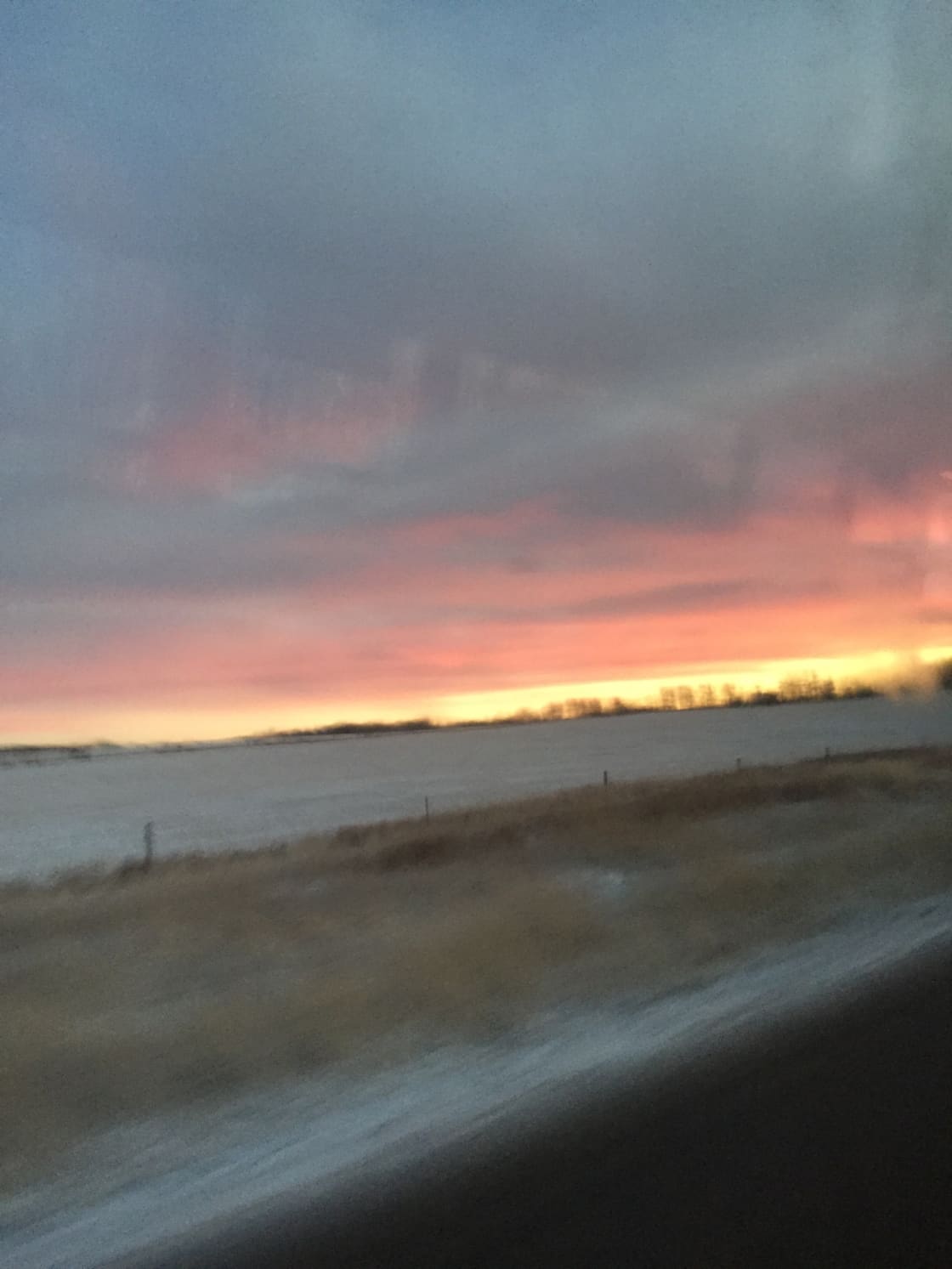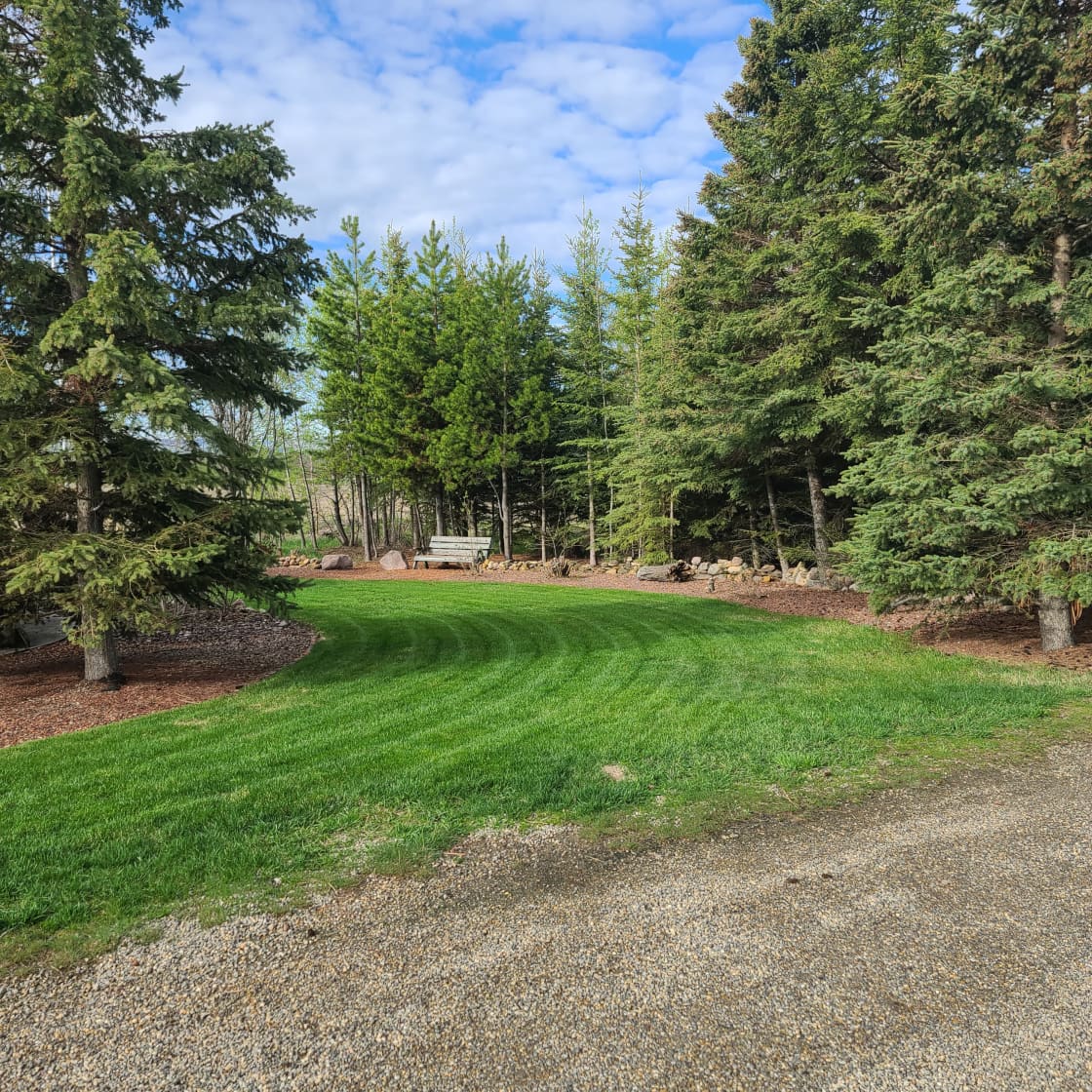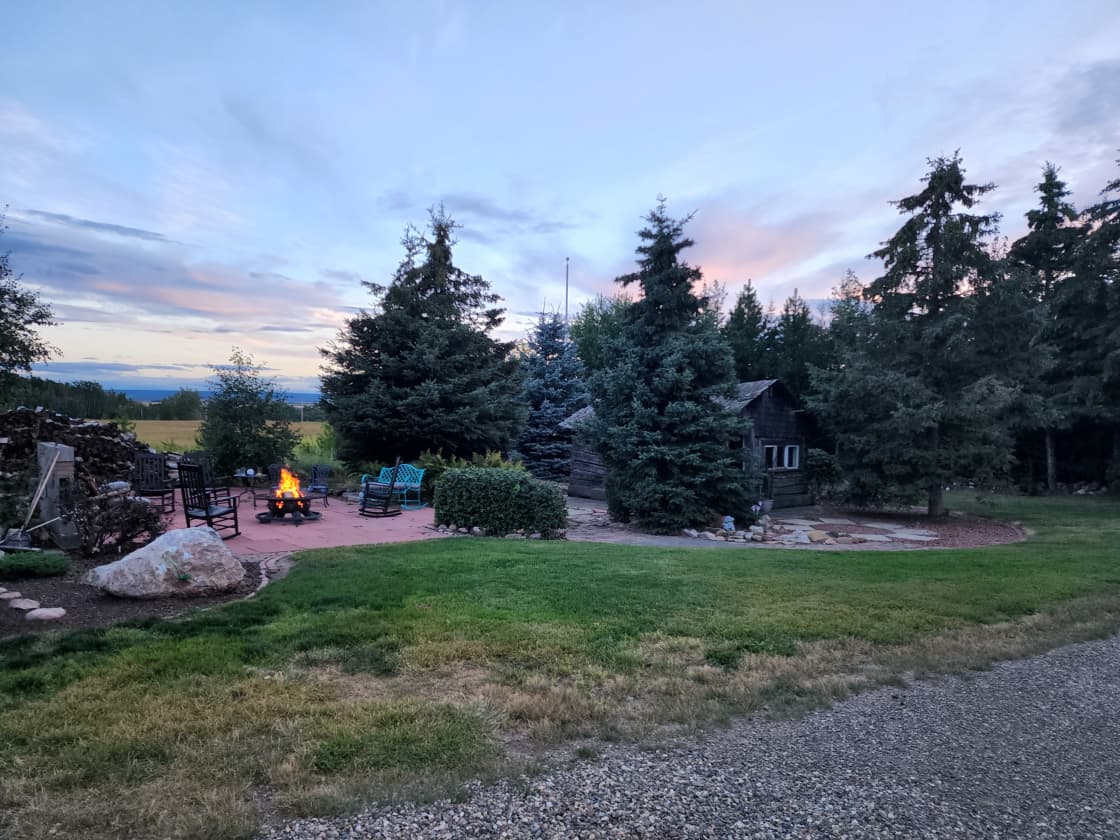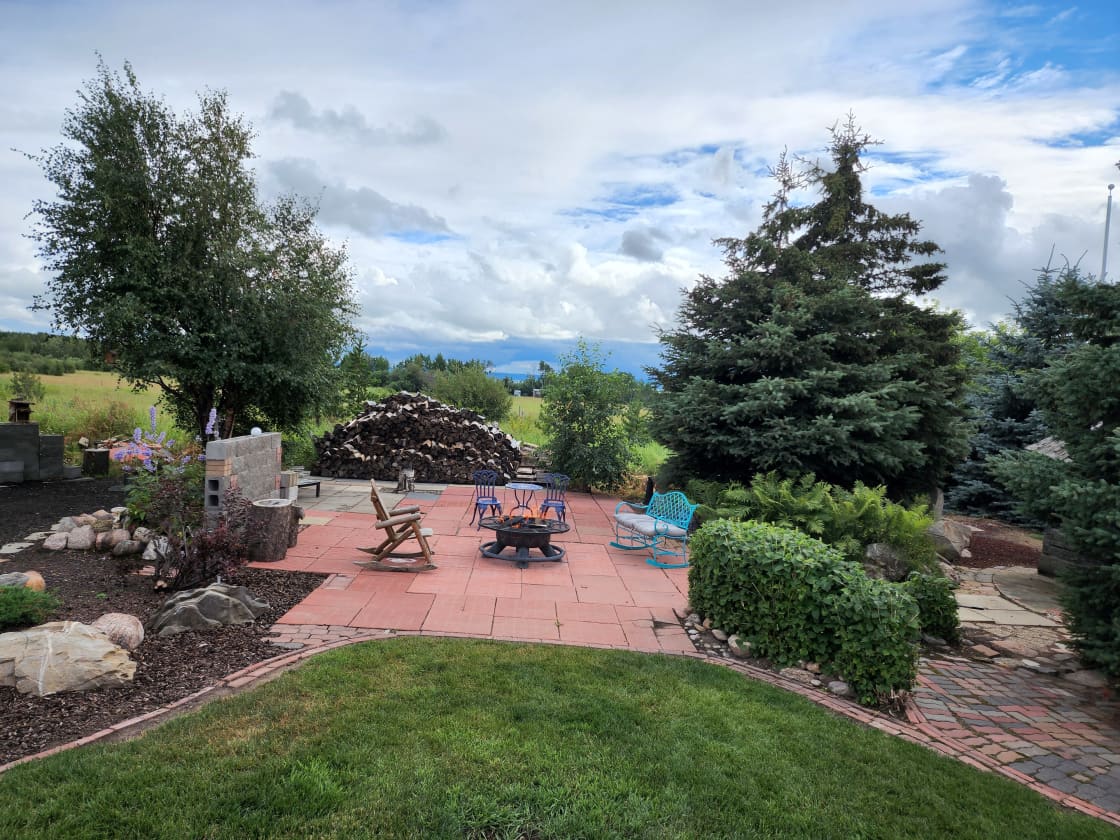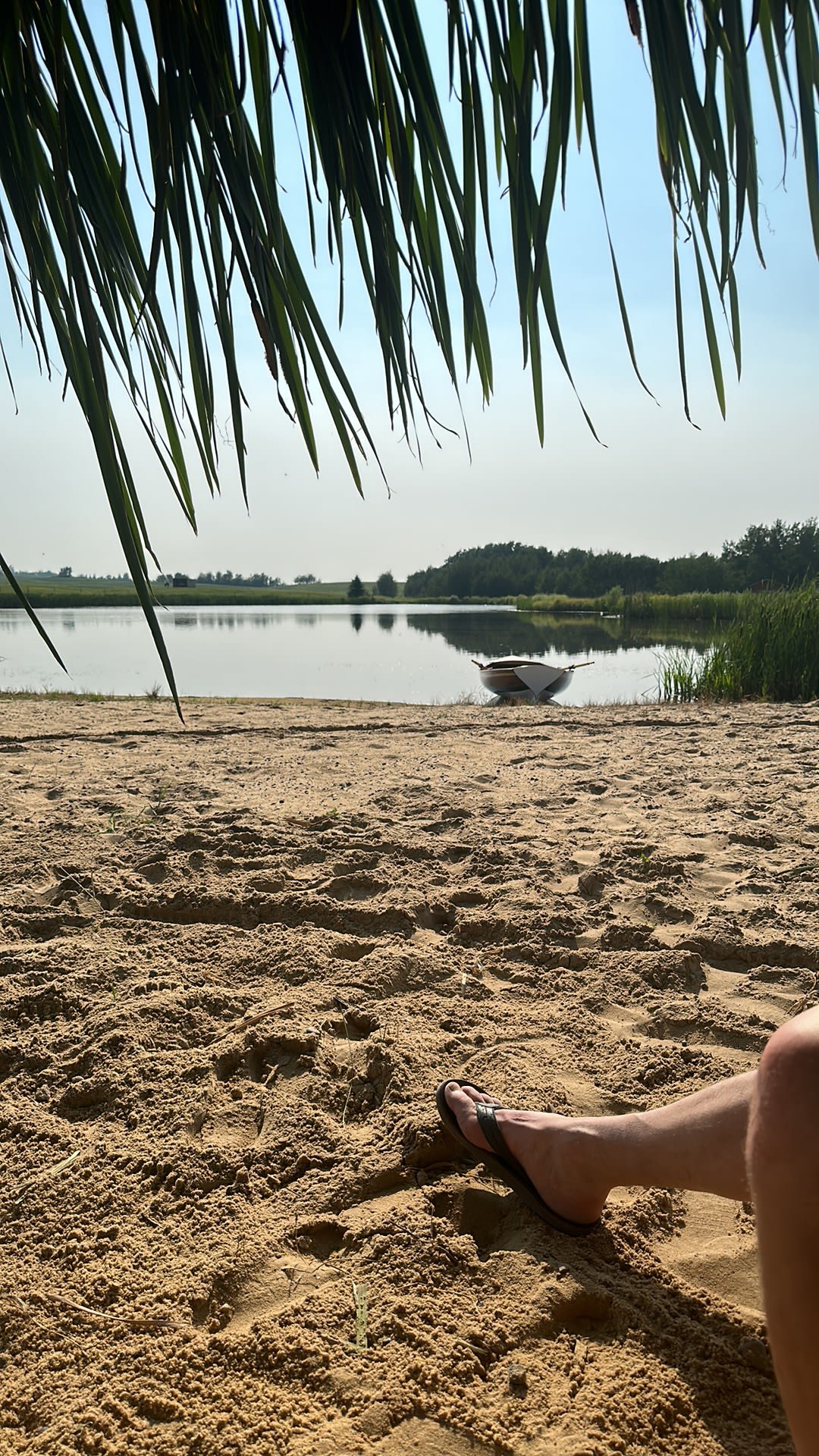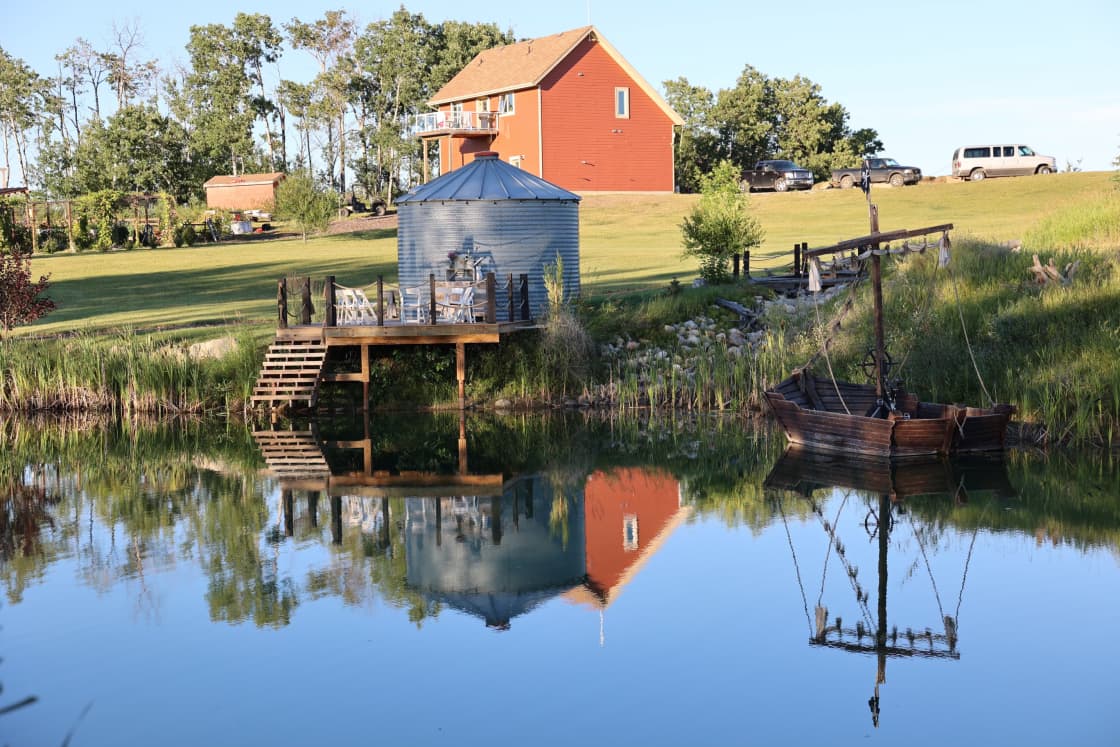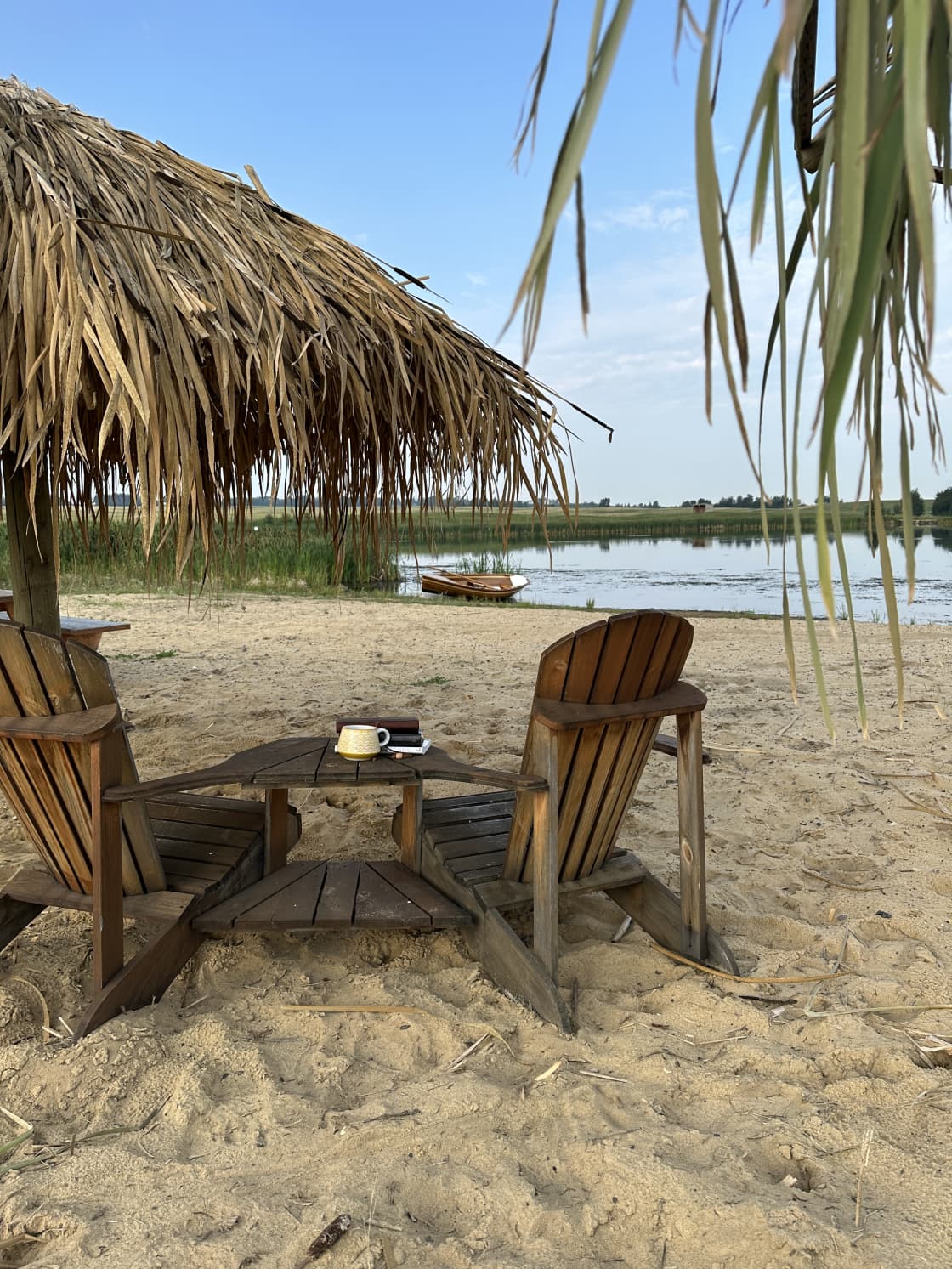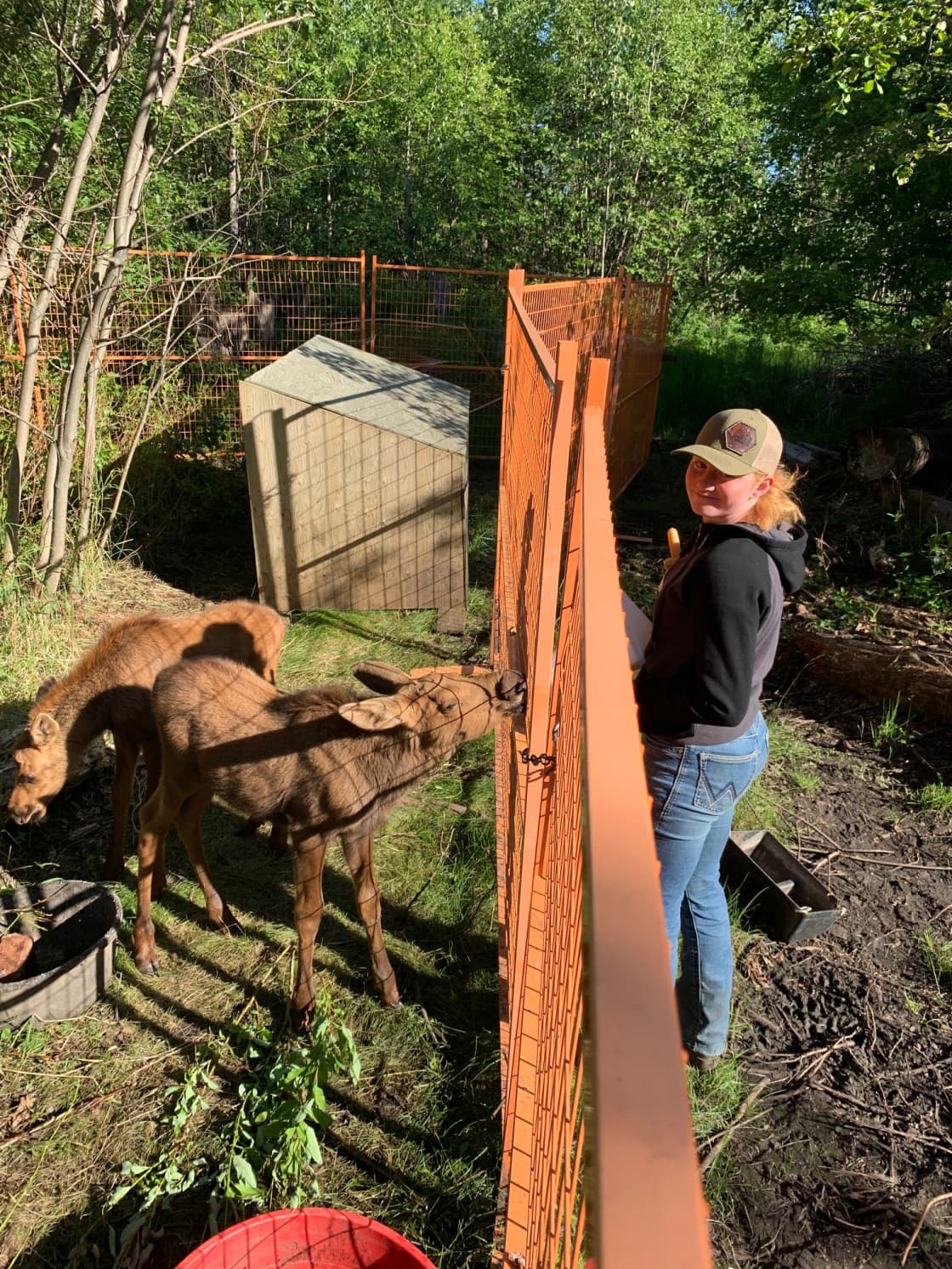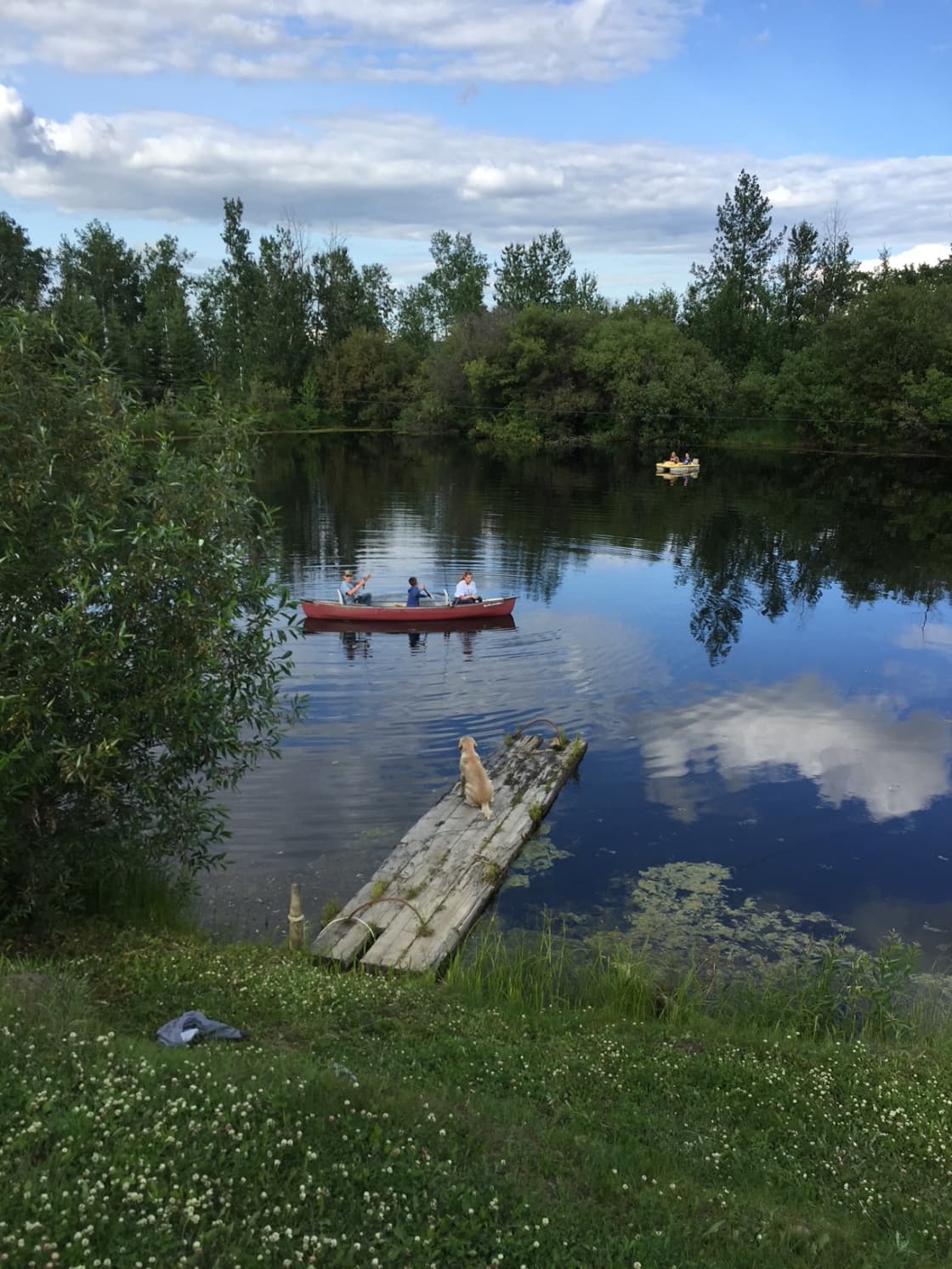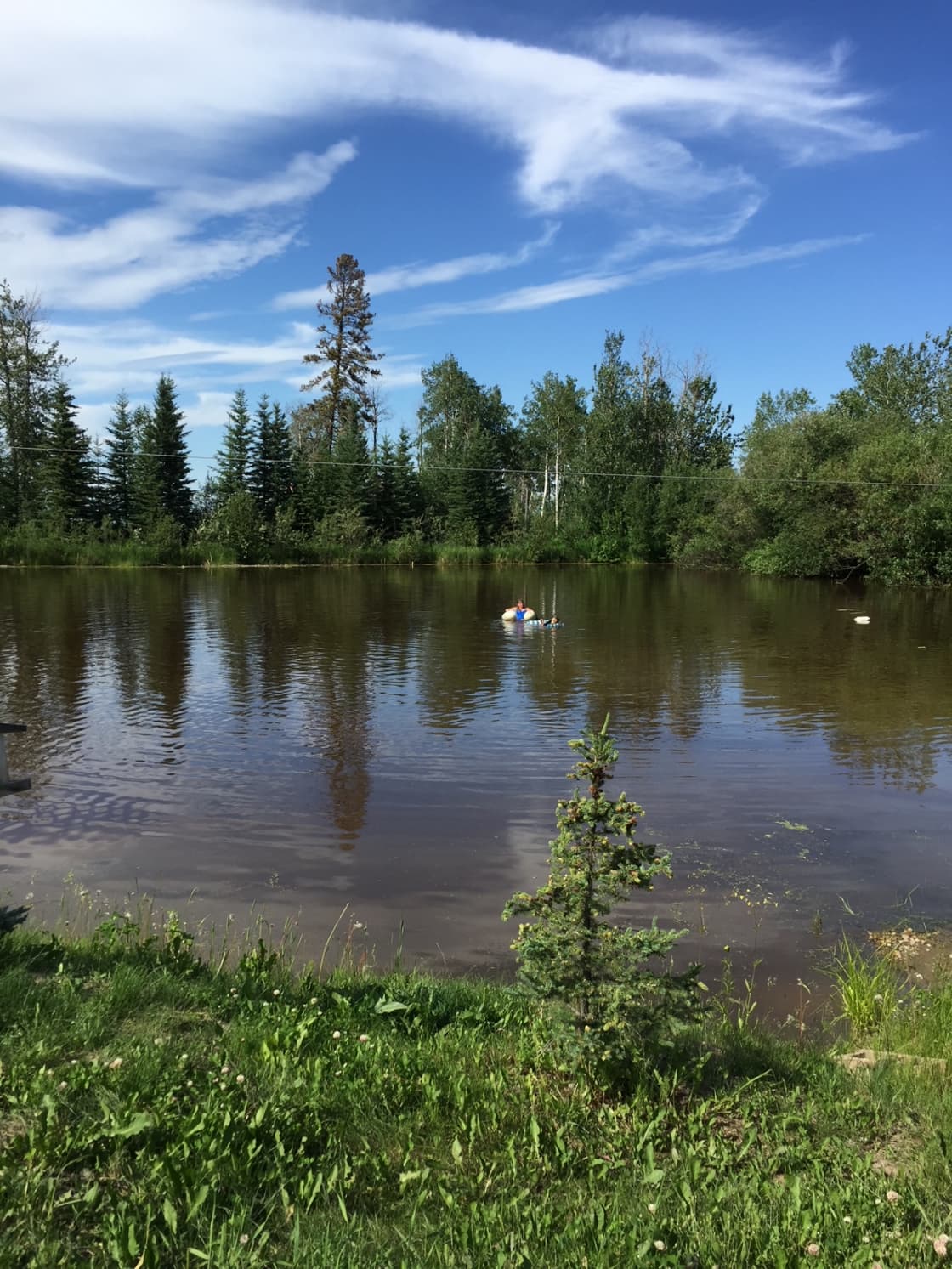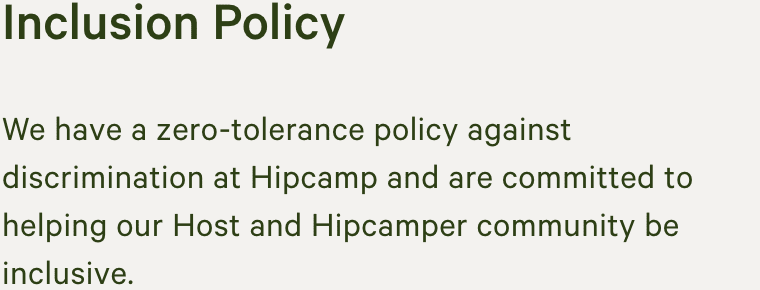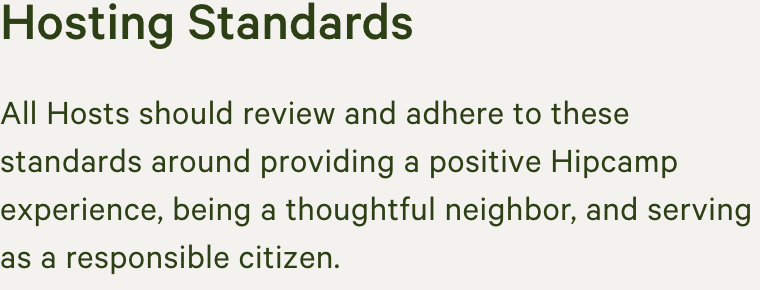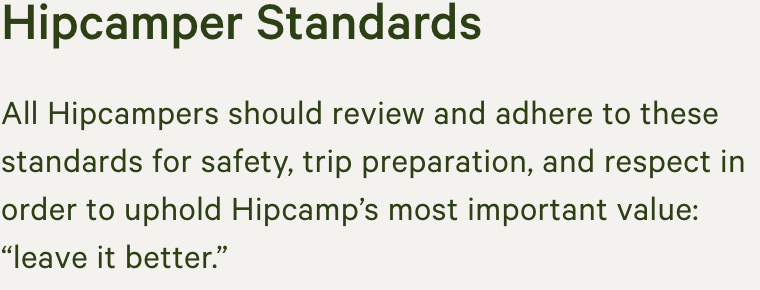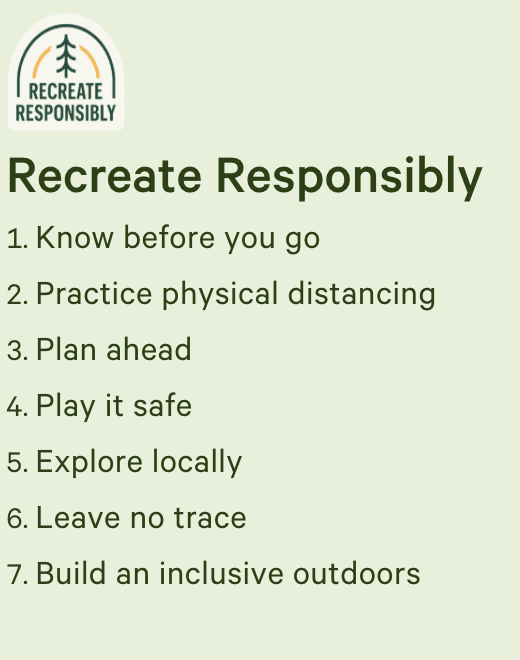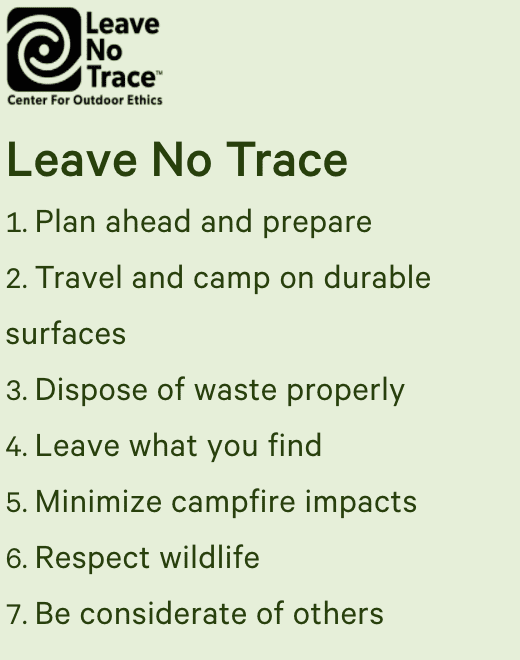The best camping near Peace River Corridor Provincial Park
Discover the most magical spots to pitch your tent or park your rig on your next Peace River Corridor Provincial Park adventure.
Stretching along a mighty river, this park is perfect for backcountry campers who like things wild.
Popular ways to camp
Community favorites near Peace River Corridor Provincial Park
Top-rated campgrounds reviewed by the Hipcamp community.
Top-rated campgrounds near Peace River Corridor Provincial Park
101 Acre Woods
Haabanagan Lake
Rimrock Wildlife Rehabilitation
The best camping near Peace River Corridor Provincial Park guide
Overview
About
Preserving three separate sections along Peace River—which flows almost 2,000 kilometres from the Rockies to the Athabasca—the Peace River Corridor Provincial Park area remains mostly undeveloped. You won’t find any designated campsites (only dispersed, backcountry options) or organized activities, but if you’re eager to get off the beaten track, you’ll find plenty here. Paddle around Raspberry Island in places once plied by fur traders (the remains of an 1806 fort are nearby), or fish for Arctic grayling, mountain whitefish, goldeneye, and northern pike. Then hike into the backcountry, keeping your eyes peeled for wildlife like moose, fox, and bald eagles, and bedding down for the night in the boreal forest.
When to go
Set in a remote corner of northeastern British Columbia, this park is set in a spot where you’re unlikely to encounter crowds, even if visiting during a holiday weekend in the heart of summer. But weather will be a huge determining factor in your level of enjoyment. Summer is warm, but not hot, with average daytime highs climbing just above 68°F (20°C), and nights that can be downright cool. Summer days are also long, with plenty of daylight to enjoy the wild. Early spring and later fall are chilly, with temperatures dropping quickly once you reach the end of September.
Know before you go
- There are no established trails within the park, so be prepared for a bit of a bumpy hike.
- The river’s water level can rise and fall without warning—check with BC Hydro before heading onto the water
- If boating through the park, beware of sandbars in the river.
- Make sure to stock up on everything you need before venturing here—you can find groceries, gear, and hardware in Fort St. John, the closest town.
Top cities near Peace River Corridor Provincial Park
- Peace River Corridor Provincial Park
